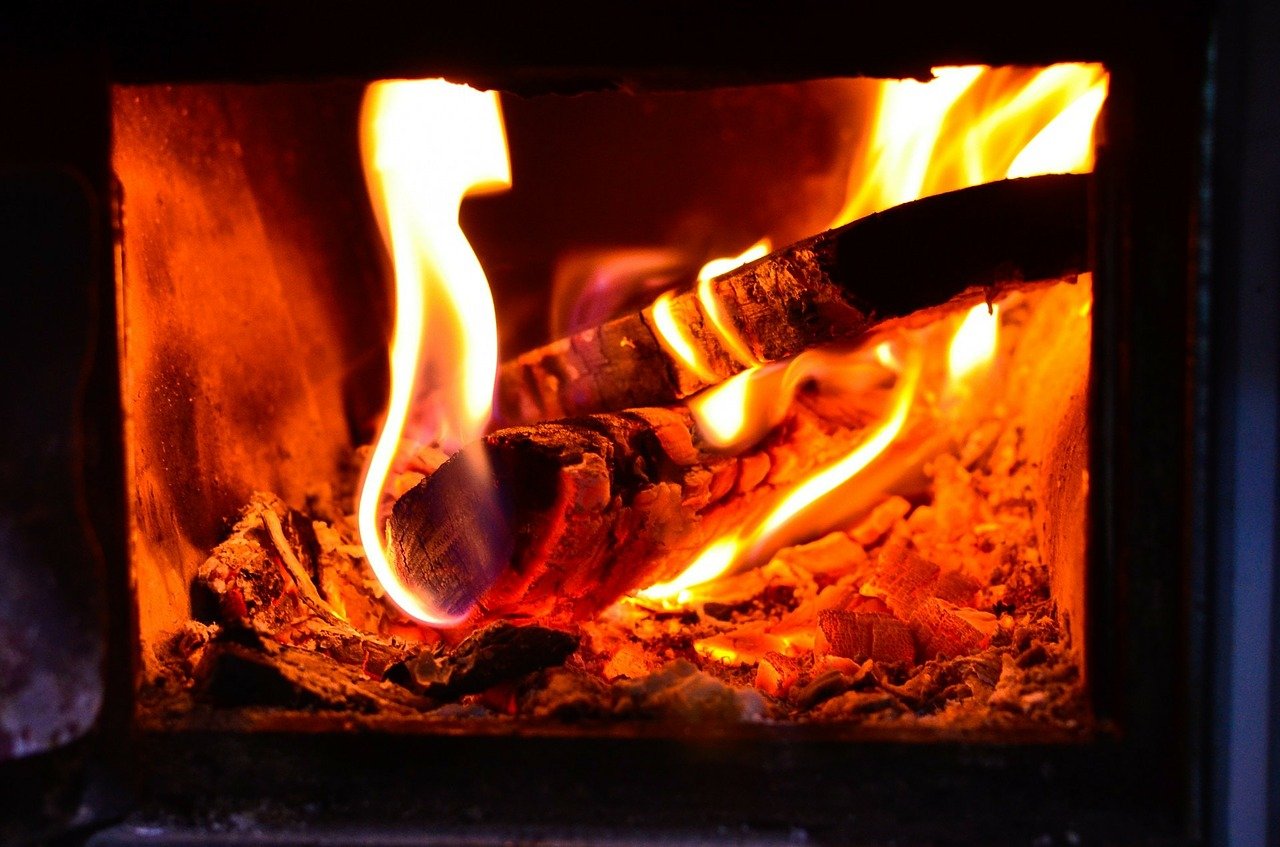Gas, oil and electric have all become the most common methods of heating homes throughout America and further afield, but for many the simple pleasure of using a solid fuel heater is one that can’t be resisted.
The glow beyond the stove window, the radiation of heat throughout the room, and the crackle of firewood when you open the door…
Tempted? We can’t blame you.
However, even though many are tempted some of you may be concerned about whether or not you can actually fit a wood burning stove in your home. Specifically homes without chimneys or existing fireplace and chimney setups.
We should be able to answer that for you today.
Table of Contents
How to Install a Wood Burning Stove in a House with no Chimney
Does a Wood Burning Stove need a Chimney?
The first issue to tackle is do you actually require a chimney?
The short answer is NO! That’s the good news.
The slightly longer version is that, although you don’t necessarily need a chimney to install a wood burning stove, you do still need somewhere for all those fumes and smoke to go.
Obviously if you do have a chimney, or even an old chimney from an existing fireplace that can be reopened, then you’re good to go.
Wood Burning Stove Twin Wall Chimney Flue Systems
For those of us who don’t have a chimney space, we have to utilize a twin wall chimney flue system.
Essentially it works in the same manner as a chimney, but it is a series of connected stainless steel pipes and components, all safely insulated to ensure two things:
- Smoke/fumes are carried safely away from your home (heat is required to draw the smoke away from the stove itself)
- Heat doesn’t damage your home inside or out
Twin wall chimney flue systems are relatively inexpensive, when compared to the major structural work that would be required to install a brick chimney, are quick to assemble and are also highly adaptable to your home.
This means you can install flue systems both internally and externally in your home. This allows flexibility as every home will be different, and the requirements of your space may dictate whether or not the system remains internal or has to be built outside of the home.
There are pros and cons to each, although for the most part the choice will be based on practical requirements and then aesthetics (whether you like how it looks, or not). In terms of how it works, there should be very little different in a well installed flue system, be it indoor or outdoor.
Can I Install a Wood Burning Stove in any House?
First, it depends on what you class as a house. Nowadays there are so many different living arrangements and setups that it’s hard to be completely definitive.
That being said, the reality is that not every home will be properly equipped to cope with the fitting and daily use of a stove.
The likes of apartments and townhouses may simply lack the required space or access to install or retrofit a chimney, or install a brand new twin wall chimney flue system. Unfortunately that’s the nature of the best when dealing with fire, smoke and fumes.
It all has to be safely transported through the building and away in a manageable fashion.
You can check out loads more on wood burning stove installation here.
–
We hope this helps when deciding your next steps in installing a wood burning stove in your home.
For everything else cosy and home heating related, stick around on CosyWarmer.com!

